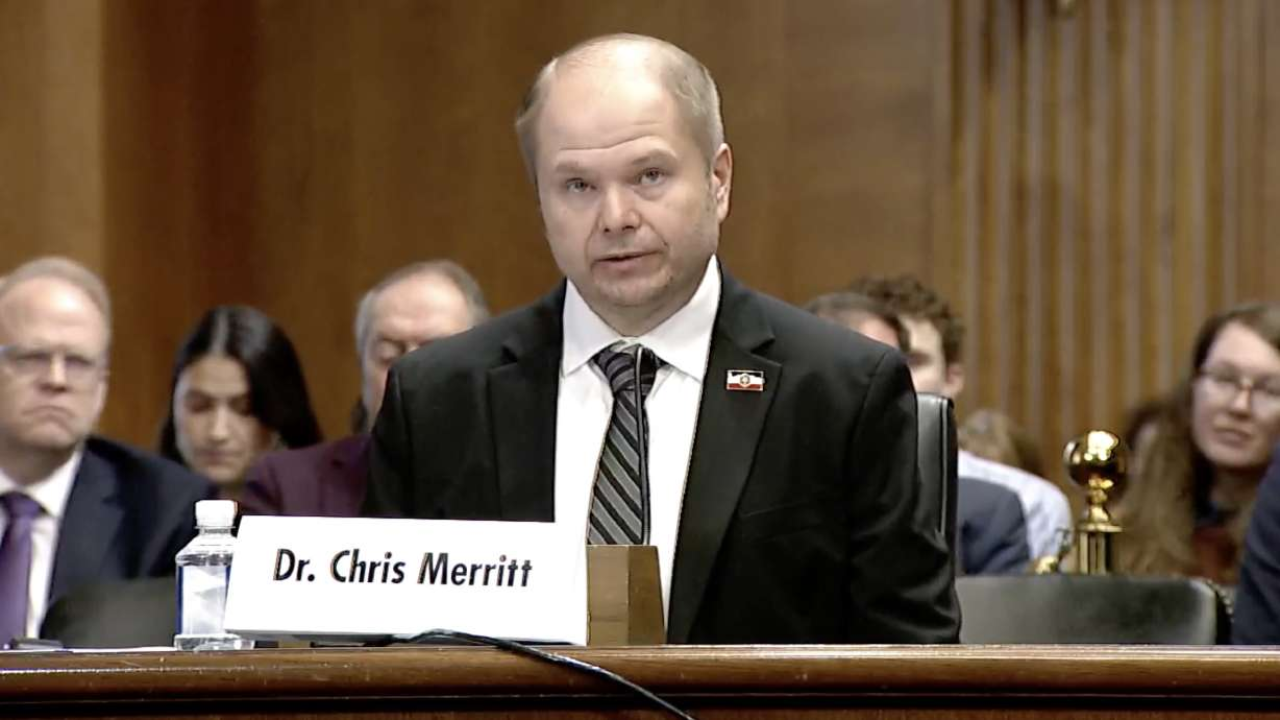As America pushes to modernize infrastructure, an unexpected hurdle has slowed progress — the National Historic Preservation Act. Now, Utah may hold the key to fixing it.
During a U.S. Senate Committee on Energy and Natural Resources hearing this week, lawmakers from both parties discussed revising Section 106 of the law — a clause that protects historic sites but has become a source of confusion and costly delays for builders across the country.
Utah’s State Historic Preservation Officer, Chris Merritt, testified before the committee, offering insights into how more efficient coordination and clearer language could preserve history and speed up vital construction.
The Law That Built — and Blocked — America
Passed in 1966, the National Historic Preservation Act was designed to prevent the destruction of historically significant buildings during America’s postwar construction boom. It created the National Register of Historic Places and established a review process requiring federal agencies to evaluate how projects might affect historic properties.
But Section 106, the review mechanism at the heart of the law, has since evolved into what Sen. Mike Lee (R-Utah), committee chairman, called a “maze without a map.”
He pointed to cases where renewable energy and utility projects were delayed for years because of unclear guidance. One example came from Montana-Dakota Utilities, which received two conflicting instructions on how to assess a three-mile electric line’s impact — despite it running through mostly private land.
“We ought to protect the places that show where we came from,” Lee said. “But what began as a narrow safeguard has become an unpredictable process that delays the very projects America needs.”
Utah’s Balanced Approach
Merritt’s office reviews roughly 1,500 federal undertakings every year, with an ambitious goal of completing most reviews within 15 days — half the time allowed under law. His team credits that efficiency to early coordination with stakeholders and a pragmatic approach to problem-solving.
“Perhaps our greatest strength is recognizing that the Section 106 process was meant to be pragmatic and solution-focused,” Merritt told senators. “It was never meant to stop projects.”
He said vague language in the law can create two problems: overextended reviews that stall critical infrastructure, and rushed evaluations that fail to protect legitimate cultural sites. Both outcomes, he noted, undermine the intent of the act.
Bipartisan Support for Reform
Several senators agreed that reforming Section 106 could improve both preservation and progress. Sen. Martin Heinrich (D-New Mexico) emphasized the need for “early and meaningful coordination” between federal agencies, tribal governments, and preservation offices.
Sen. Catherine Cortez Masto (D-Nevada) echoed those sentiments, saying the goal isn’t to weaken protections but to make them clearer. “I think there’s an opportunity to streamline,” she said.
Tribal leaders also voiced support for a more structured process. Steven Concho, historic preservation officer for the Pueblo of Acoma, said earlier consultation with Native American tribes could prevent last-minute disputes that delay or derail projects.
What’s Next for Section 106
It’s not yet clear what form the proposed amendments will take, but lawmakers suggested revisiting funding mechanisms, procedural timelines, and regulatory definitions to modernize the review process.
Merritt believes a model based on Utah’s system — transparent communication, early engagement, and clear accountability — could help other states avoid gridlock.
“Historic preservation and infrastructure don’t have to be at odds,” he said. “When everyone works together early, both history and progress can be protected.”



